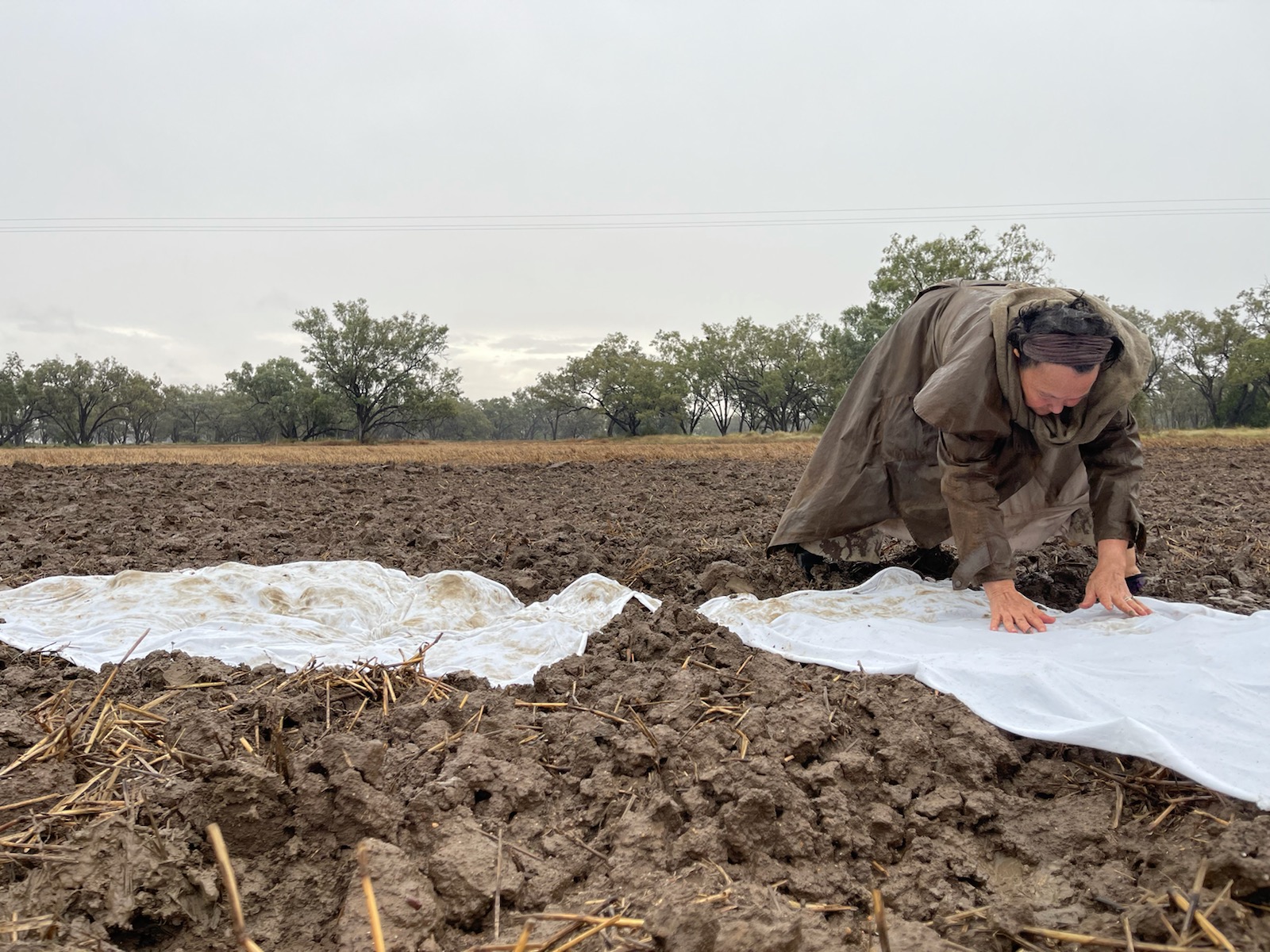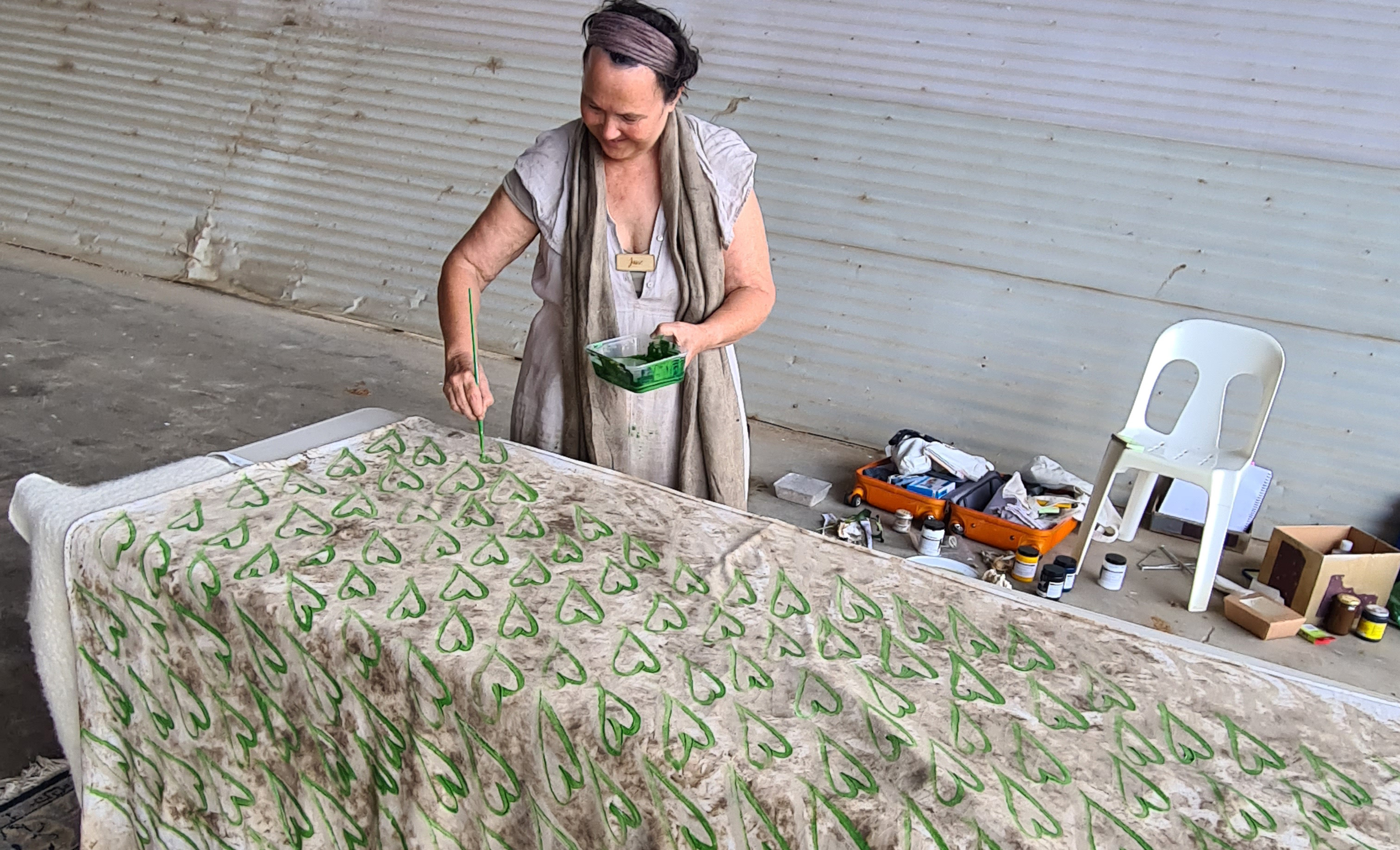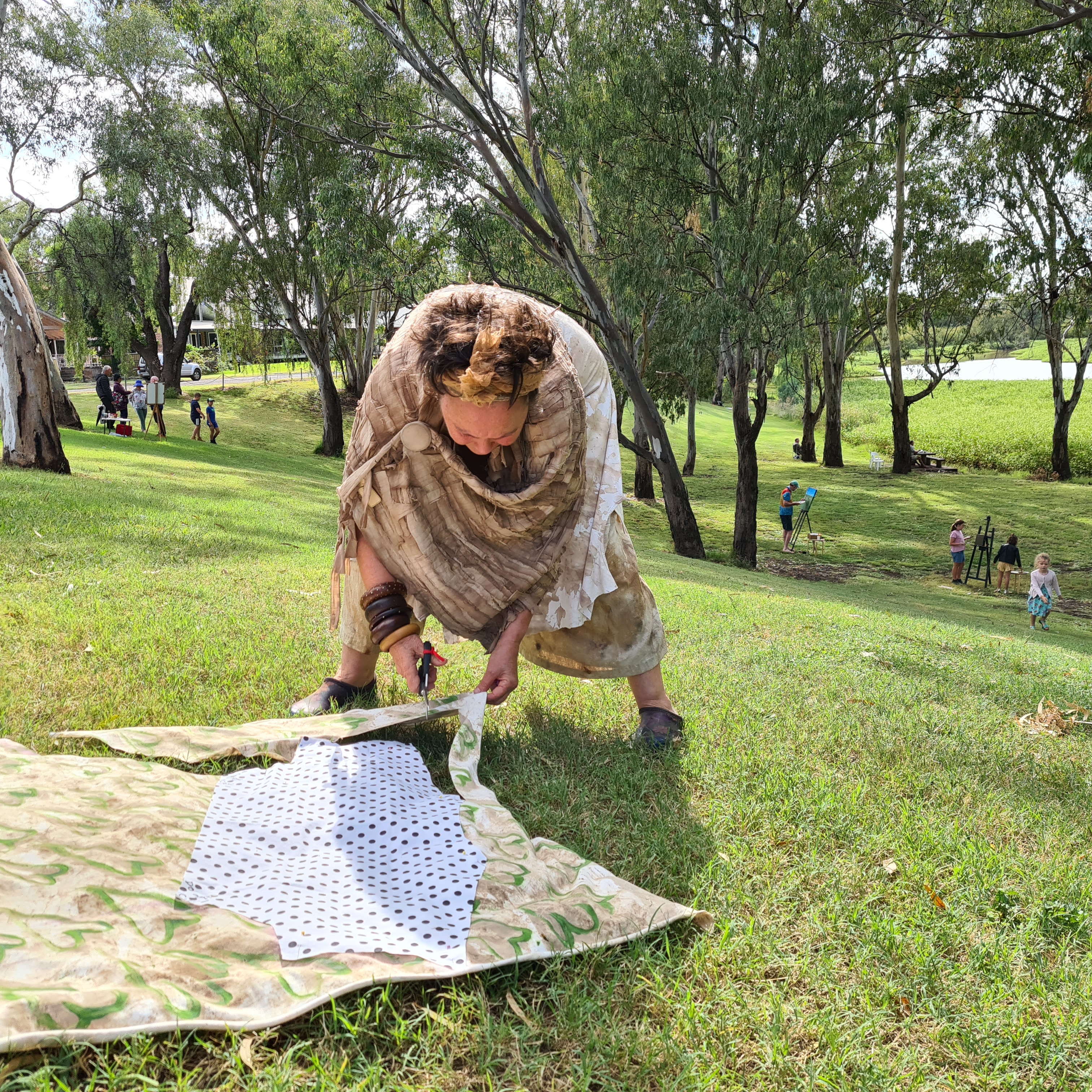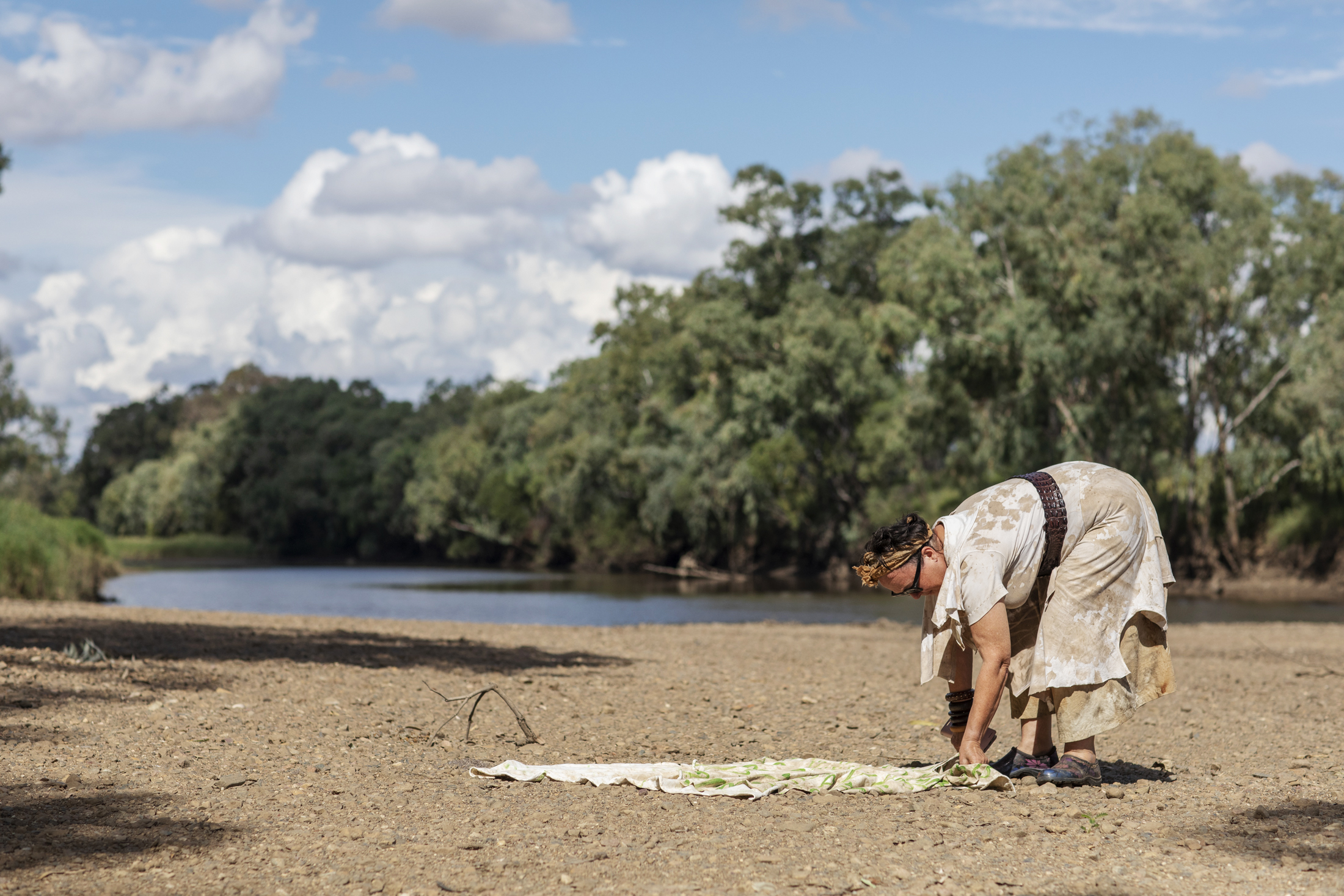 Being able to travel and complete my Churchill Fellowship study tour about regenerating our agency in the wardrobe was a highlight for 2022 and I’ve selected a few people I met to showcase in this enews. It was difficult to choose from the many wonderful people I had the opportunity to meet across two months spent in New Zealand, the United States and the United Kingdom investigating ways that hands-on upcycling can help reduce textile waste and enhance wellbeing. I found that always having interesting clothes to wear, enjoying self-care while working with your hands, and being part of the solution to fast fashion are just some of the reasons people are choosing to become more hands-on with their clothes. Other wonderful projects I was involved with during 2022 include the Painted River Project in Moree, New South Wales, and WornOUT at the Old Museum of Brisbane, and I’ve shared some links in this enews, which you can subscribe to via the right-hand side of the textilebeat.com home page. Wishing you all the best for the festive season and positivity for 2023.
Being able to travel and complete my Churchill Fellowship study tour about regenerating our agency in the wardrobe was a highlight for 2022 and I’ve selected a few people I met to showcase in this enews. It was difficult to choose from the many wonderful people I had the opportunity to meet across two months spent in New Zealand, the United States and the United Kingdom investigating ways that hands-on upcycling can help reduce textile waste and enhance wellbeing. I found that always having interesting clothes to wear, enjoying self-care while working with your hands, and being part of the solution to fast fashion are just some of the reasons people are choosing to become more hands-on with their clothes. Other wonderful projects I was involved with during 2022 include the Painted River Project in Moree, New South Wales, and WornOUT at the Old Museum of Brisbane, and I’ve shared some links in this enews, which you can subscribe to via the right-hand side of the textilebeat.com home page. Wishing you all the best for the festive season and positivity for 2023.
https://mailchi.mp/3bc3b61ba0a6/slow-clothing-regenerating-agency-and-natural-fibres?e=e9c6db392c



